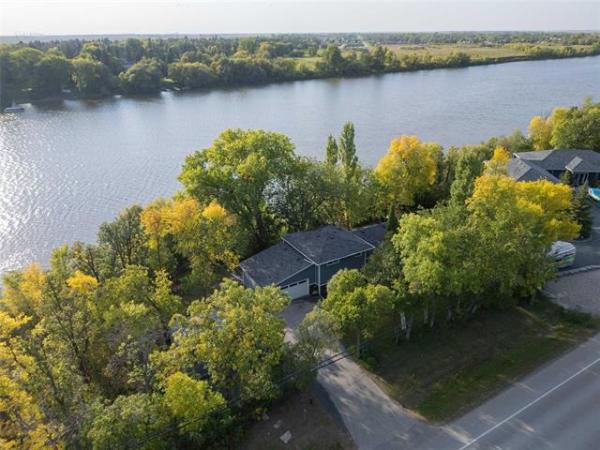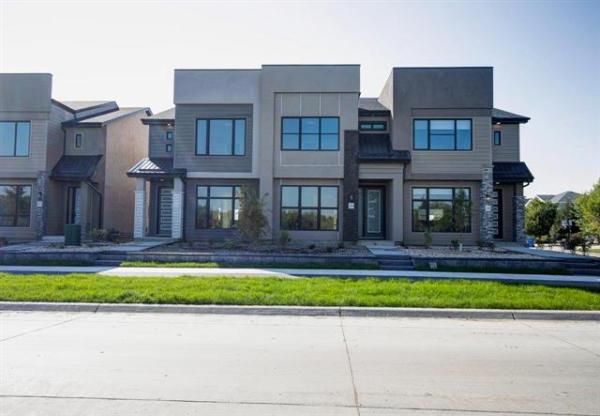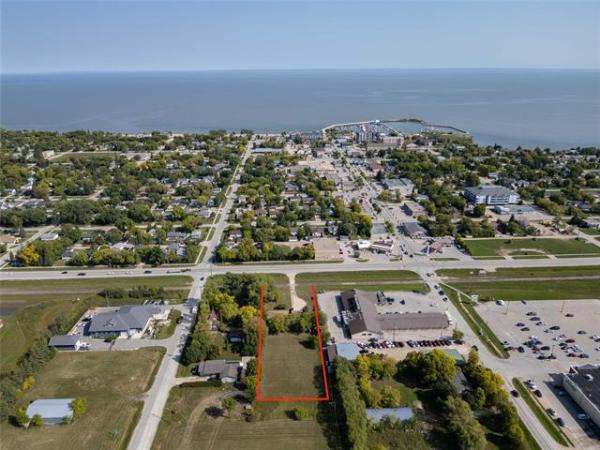Question: I think about you every time I open the hatch to enter the crawl space below our basement floor. We had the home custom built in 2007 and I presume met all bylaw requirements of the day. The dirt floor is covered in polyethylene, beneath a layer of gravel. The furnace has two, six-inch diameter heat ducts, connected directly to the plenum, putting heat into the 1800-square-foot cavity, and one five-inch diameter duct connected to the HRV, presumably the return air duct.
The problem I see every time I open the hatch is that the gravel is covered in a thin layer of white, almost fluffy stuff. When I touch the gravel and move it around it shows a perfectly normal underside. This is applicable only to the lowest area of the crawlspace and the upper areas are dry and normal. Some time ago I put some newspaper down on the gravel in the lower area, to keep my clothes clean, as I was working on the sump pump. Today that newspaper looks like it absorbed a small amount of moisture and is all crinkled. The furnace fan and the HRV are run continuously at low speed.
The question I have for you is, should I be concerned about any of this or is it fairly normal? Your expert opinion would be greatly appreciated.
Thank you, Lawrence Klippenstein
Answer: Seeing a thin coating of white minerals on the surface of stones in a crawlspace is not something to be too worried about. Other than showing evidence of some moisture, or lack of ventilation, there is little to be concerned with the visible efflorescence.
There are numerous visible signs of potentially serious moisture related issues inside our homes and some that may appear to be important indicators, but are not. Anytime brown stains are seen on ceilings or walls it may be an indication of a serious water issue. These can range from melting frost and moisture issues in an attic to leaking plumbing pipes. Also, similar stains on basement carpets, or lots of white powder on the interior of a concrete foundation or floor slab likely means water infiltration problems. If these are seen within your home then further evaluation is essential and imminent repairs are likely to prevent further issues.
In a crawlspace, especially one below a structural wood floor as in your home, some moisture is expected. Because this area is well below grade the soil is more prone to water accumulation from surrounding soil. For this reason, weeping tiles should have a greater than normal slope downward toward a sump, normally in the middle of the crawlspace. Checking to ensure the sump pump is properly installed and working is paramount. Also, if there is a substantial amount of water sitting in the bottom of the sump before the pump turns on, adjustments may be required.
The other reason that moisture often is noted in a crawlspace like yours is that there may be areas of poor ventilation or air circulation. Especially if there are several directional changes in the foundation, this will be more likely. Even with the heat and return air or HRV ducts you have described there can be corners or areas away from these ducts where air movement is poor. Especially nearer to the foundation walls, where the soil is likely closest to the wood floor above, condensation is often an issue. If any active water is seen, either on the surface of the polyethylene sheathing over the dirt floor, or condensation on the foundation or floor structure, improvement should be made to the HVAC ducts in those areas. Adding more ducts, or relocating some to more troublesome locations, may be the solution.
To answer your concern more directly, the whitish powder or crystals you are seeing is simply efflorescence and is essentially harmless. This material is just salts and minerals that are leaching from the stones covering the plastic sheathing on the floor of the crawlspace. These minerals will appear after the stones gets wet, but the source of the moisture may be difficult to pinpoint if not immediately visible. It can just as easily occur due to condensation, as from water infiltration. Because the stone is on top of the cold soil below, they will be cooler than the surrounding environment inside the crawlspace. With the relative humidity higher in this area than the home, due to the reasons stated above, there is a much higher chance of condensation when this air hits the cold stones. You may be seeing this only on the lowest areas in the crawlspace, because that is the coldest area and/or has the poorest air circulation.
The only real concern would be if the efflorescence is evidence that the soil near the bottom of the crawlspace is consistently wet. The way to determine that is to physically enter the crawlspace in the summer, pull away some of the stone covering and look for wet soil. It will easily be noticeable as squishy mud when walked on or compressed by hand. In that situation, there may be a problem with the weeping tile system or the sump. You should then consult an experienced Red Seal plumber or rooter technician to check the pump or do a video scope of the weeping tile to ensure they are draining properly.
A small amount of white, fluffy crystals on the surface of the pea gravel in your crawlspace is normally of little concern. Improving the air circulation and ventilation in that area may help, but otherwise this minor evidence of moisture is quite benign.
Ari Marantz is the owner of Trained Eye Home Inspection Ltd. and the past president of the Canadian Association of Home & Property Inspectors — Manitoba (cahpi.mb.ca). Questions can be emailed to the address below. Ari can be reached at 204-291-5358 or check out his website at trainedeye.ca.
trainedeye@iname.com



